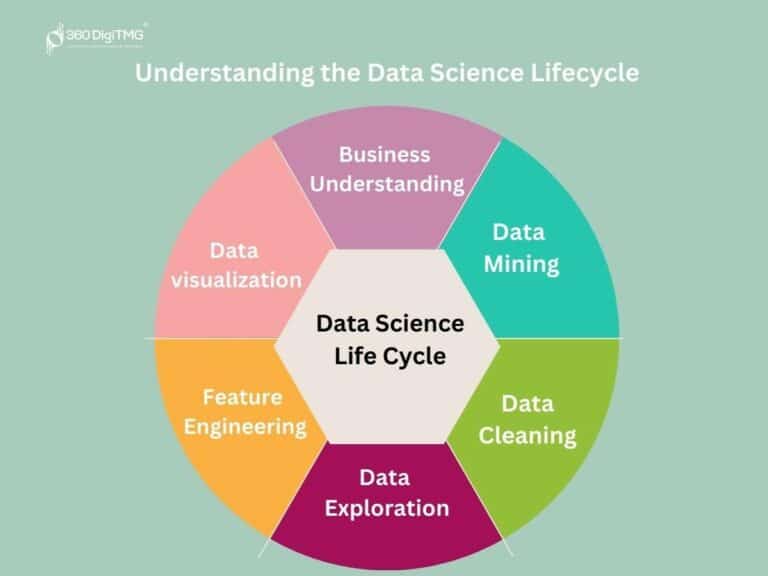Whilst looking for new ways to improve your transit agency, you may have come across the term ‘smart city’ or ‘smart transport’.
What do they mean? And why are they important when trying to enhance your transport operations?
Read on to find the answer to your questions, and learn how intelligent transportation systems (ITS) are creating smart cities and smart transport.
How ITS operates in a smart city
A smart city is a city that operates using advanced technologies for a range of different functions. This includes utilizing automated software to carry out a range of actions involved in city operations.
Smart transport narrows down one aspect of a smart city, then transit agencies use advanced technology to monitor, analyze, and control different aspects of their network.
ITS are one of the most effective ways to create smart transport, as they provide the expert software necessary to manage operations through accurate data and useful insights.
The systems can gather information on your vehicle position, passenger data, and vehicle maintenance, to offer the right predictions and suggestions for improved efficiency.
Using ITS to create smart transport for your transit agency can be highly beneficial in several ways, including:
- Effective route management
One way to create smart transport using ITS is to manage your vehicle routes more effectively with real-time vehicle monitoring.
This will enable you to track them with onboard devices that relay positional information to your command centers.
Using this data, the system can also suggest the best route available for each vehicle to get them to their next stop as efficiently as possible.
Smart insights incorporate things like vehicle position, previous data on vehicle reliability, busy hours, traffic, and more, to suggest the right routes.
This can create more seamless journeys for your vehicles with minimal delays, which is invaluable for any transit agency.
- Accurate insights for passengers
ITS can also provide accurate insights for your passengers in the form of real-time passenger information (RTPI).
You can use solar-powered displays to reveal the expected arrival times for each of your vehicles at a stop. These displays can be on-platform, on-street, or on-vehicle, to give your riders complete visibility.
If there are any changes to a vehicle’s arrival time, due to delays or re-routing, for example, the information will be updated on the displays in real-time.
This will give your riders everything they need to accurately plan their journeys around this real-time data.
- Advanced problem resolution
Smart transport can also allow you to more effectively identify and resolve certain issues in your network.
Using ITS, you can pre-empt certain problems, such as unmet demand, broken equipment on vehicles, or breakdowns.
Then you can resolve an issue before it causes severe delays to a journey. Replacement vehicles can be sent out to resolve breakdowns or you can adapt your schedules to ensure demand is met, for instance.
As a result, you’ll have minimal disruption across your services which can benefit both you as an operator and your riders when completing their journeys.
—
As more cities are becoming ‘smart’, the urge to keep up with these technological advancements and join the world of smart transport is growing.
In light of this, will you be implementing ITS to transform your operations the ‘smart’ way anytime soon?












